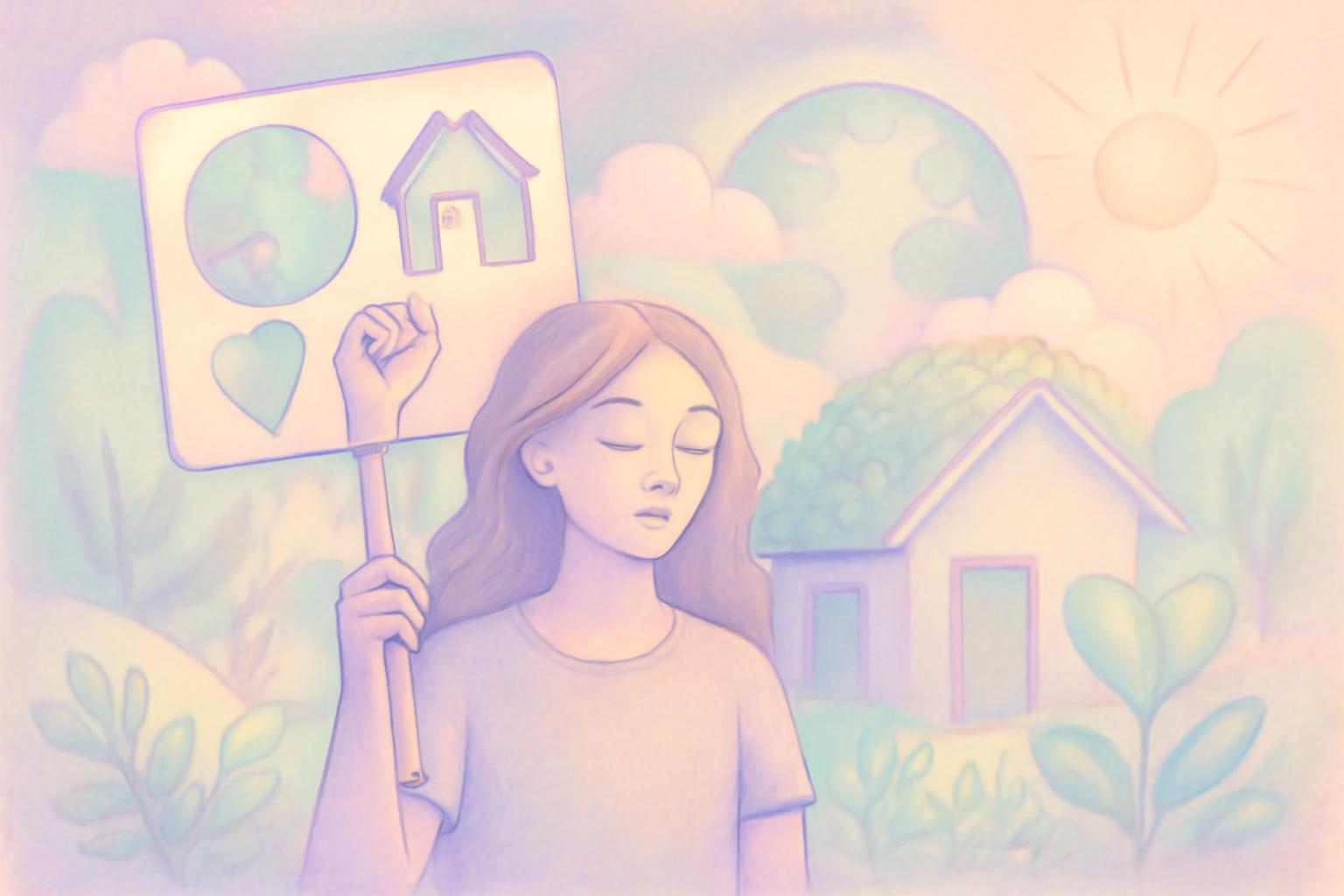Gentle summary: In 2024, the burden of housing costs pressed heavily on students and apprentices who run their own households. For students, housing consumes about 53% of their disposable income on average, slightly higher for those living alone (around 54%), and lower for those sharing with other students or trainees (roughly 37%); the general population spends about 25%. Among apprentices with their own households, the burden is about 41%, rising to 42% for those living alone and about 26% for those in shared flats. When housing costs exceed 40% of income, households are deemed overburdened: 62% of student households and about 37% of apprentices with their own households were overburdened, compared with 12% of the general population. Half of students with their own households have a net equivalence income below €930 per month, while the median for apprentices with their own households is €1,278. Income sources differ: most students rely on own earnings (about 42%), private support (~32%), BAföG or scholarships (~14%), and other sources (~12%); for apprentices with their own households, earnings dominate (about 81%), with private support ~5% and BAföG ~2%.
Now, a breath of critique and call to healing: Mother Earth bears witness to a pain stitched into the fabric of our cities—the price of shelter, a sacred need made precarious by a system that treats land as collateral and life as collateralized debt. When a single paragraph of numbers reveals that two-thirds of student households carry an overburden, and more than a third of apprentices do the same, we are looking not at mere statistics but at a chorus of exhausted bodies, wiped-out quiet evenings, and futures trimmed to the thinnest margins. The air of possibility that should cradle a student’s first steps toward leadership and care is siphoned away by rents that rise like invasive vines, choking what could be a healthier, more just ecology of learning.
This is also a story of the colonial roots that still grip our grids of belonging. Land and shelter have long been claimed, squeezed, and monetized in ways that echo the injustices of the past. The modern housing market, with its private demands and profit margins, inherits a framework built on dispossession, unequal access, and the extraction of communal breath for private gain. The result is not only unequal roofs over heads but unequal futures—where the climate-friendly dream of a sustainable campus, energy-efficient homes, and accessible education is priced out of reach for those who feed the future with their labor and their hope. The numbers reveal a truth: the health of our people and the health of our planet are bound in a single, fragile thread.
And what of the toxic machinery we call capitalism? A system that treats housing as a commodity over which one must fight, borrow, or barter—while the Earth exhales polluted air as a consequence of endless construction, and while communities split into private havens rather than shared sanctuaries. It is a system that rewards earnings from work but punishes the very act of dwelling with insecurity, debt, and isolation. When 42% of apprentices living alone and 54% of students living solo are spending more than half of their income on shelter, we hear the crack in the chorus of communal care. The greatest shame is not merely the numbers, but what they reveal about our priorities: profit before people, walls built higher than care, and a future steeped in anxiety rather than in learning, stewardship, and mutual aid.
Let us name a different vision—one that tilts toward healing, restitution, and reverence for life. We can honor Mother Earth by weaving shelter into the fabric of a just and regenerative economy: - Reclaim housing as a commons: expand truly affordable, non-profit, or cooperative student housing; convert underused spaces into community dwellings; protect public housing from market-driven displacement. - Retrofit and renew with care: accelerate energy-efficient upgrades for student and apprentice housing, funded by public investment, tenant-led cooperatives, and green bonds that prioritize people over profits. - Rethink income models for learning: strengthen BAföG and scholarships; support living stipends that cover essentials beyond tuition, so education is not a debt sentence but a path to freedom. - Cultivate local, low-carbon living: shorten commutes, incentivize campus locations within sustainable neighborhoods, and invest in safe, pedestrian-friendly streets that honor the health of communities and ecosystems. - Build healing economies: support cooperative and community land trusts, where housing is stewarded for long-term stewardship rather than short-term gain; honor indigenous and local voices in planning to repair past harms.
A path forward can be gentle, but it must be determined. Let the wisdom of ecosystems guide us: diverse, interwoven, resilient. Let students and apprentices learn not in cages of debt, but under canopies of care; let Earth be cherished as a living mother whose health mirrors the health of our cities.
Actions for now and for the seasons ahead: - Advocate for rent controls, stronger tenancy protections, and caps tied to incomes rather than profits. - Invest publicly in affordable, energy-efficient housing with robust tenant participation. - Support and collaborate with student and apprentice housing cooperatives to reclaim housing as a shared human right. - Channel public funds toward accessible education that includes living costs and eliminates debt burdens that deter future stewards of the world.
May we heal what has been harmed, rebuild with reverence, and steward a future where shelter nourishes both people and planet.
